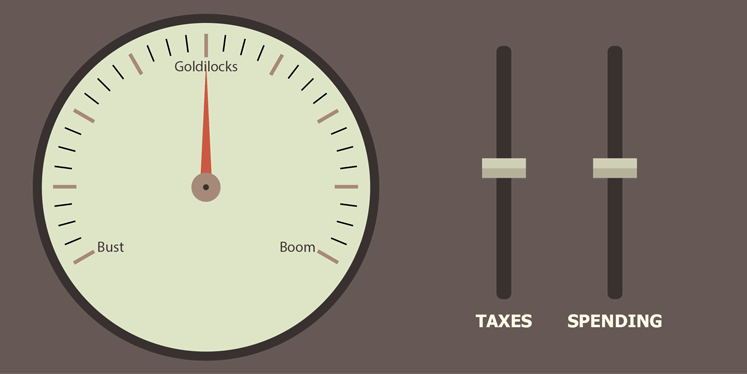Monetary Policy
Monetary Policy is used by central banks to control the supply of money and thus, economic conditions. In the case of the US, the Federal Reserve uses Monetary Policy to enact its dual mandate of maximizing employment and stabilizing prices. The Federal Reserve (The Fed), or any central bank for that matter (well, maybe not the ECB;-) ), typically uses two tools to control Monetary Policy. Those typical tools are 1) interest rates and 2) reserve requirements.
The Fed sets Reserve Requirements, which specify the amount of cash that depository institutions (banks) are required to hold on “reserve” each night. For a given bank, the Reserver Requirements are a ratio of deposits to loans. In essence, the Fed doesn’t want banks loaning out all of the money that customers have deposited (think about what would happen upon a “run on the banks”). When the Fed decreases Reserve Requirements, it increases the money supply and stimulates the economy because banks will have more money to lend.
Sometimes banks cannot meet the Reserve Requirements, and they have to borrow money from other banks. The interest rate that banks charge each other for overnight loans is known as the Federal Funds Rate or Fed Funds Rate. The Fed, or more specifically the FOMC (Federal Open Market Committee), sets a target for the Fed Funds Rate and then uses Open Market Operations (OMO) to achieve its target. OMO involve the Fed buying or selling government securities, like Treasuries. When the Fed buys Treasuries, it drives down the yield/interest rate of those Treasuries. The relationship between Treasury yields and Fed Funds Rate is complicated, so let’s just say that as Treasury yields decrease, so does the Fed Funds Rate and vice versa.
The term "hawk" or "hawkish" refers to FOMC policymakers who favor high interest rates in order to keep inflation in check. In other words, they are less concerned with economic growth than they are with recessionary pressure brought to bear by high inflation. Conversely, the term "dove" or "dovish" refers to policymakers who favor low interest rates in order to stimulate the economy. Therefore, doves are less concerned about high inflation than they are about a sluggish economy.
Hawk vs. Dove Policymaker
The Fed Funds Rate is almost always what is meant by the media referring to the Federal Reserve “changing interest rates.” However, the Fed also controls another interest rate known as the Discount Rate. When, for whatever reason, a bank cannot borrow money from another bank or other means, the deficient bank will turn the “lender of last resort”, the Federal Reserve. The interest rate that the Fed charges these “desperate” banks is the Discount Rate.
References
Wikipedia – Federal funds rate
Wikipedia - Hawk
Investopedia
TheFreeDictionary





